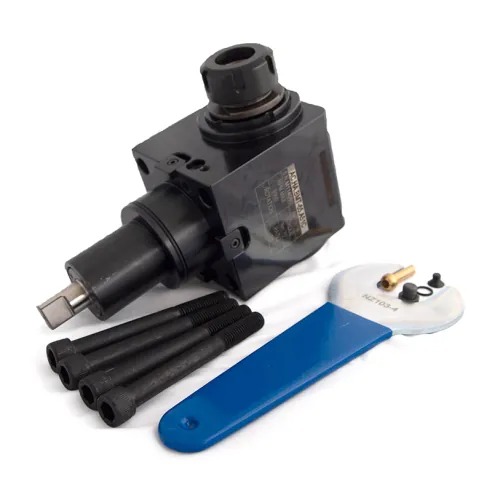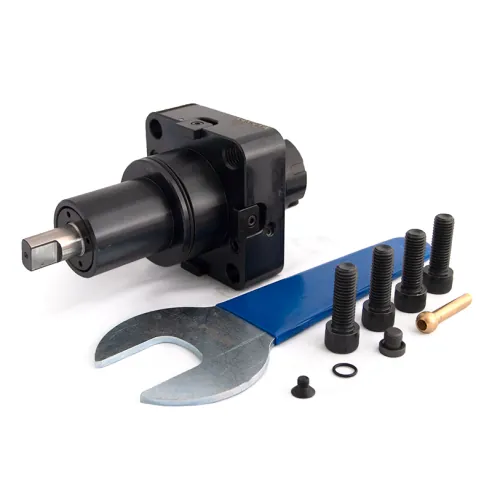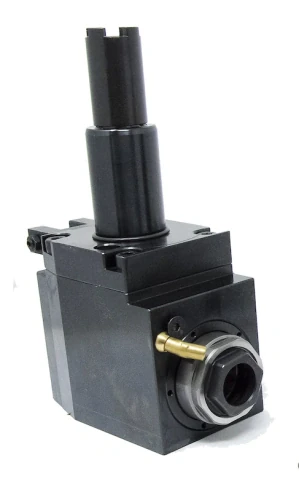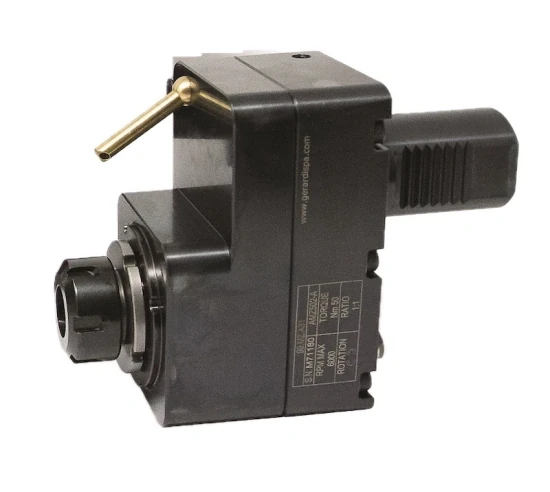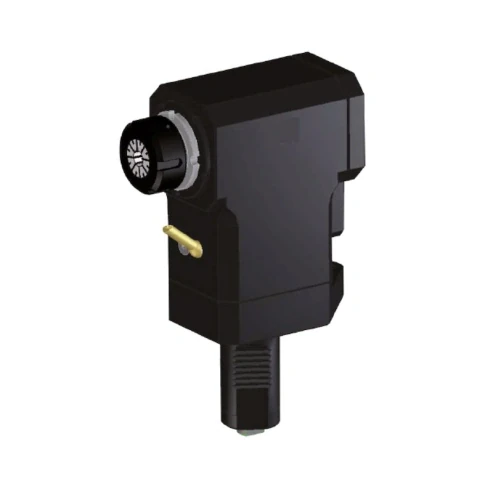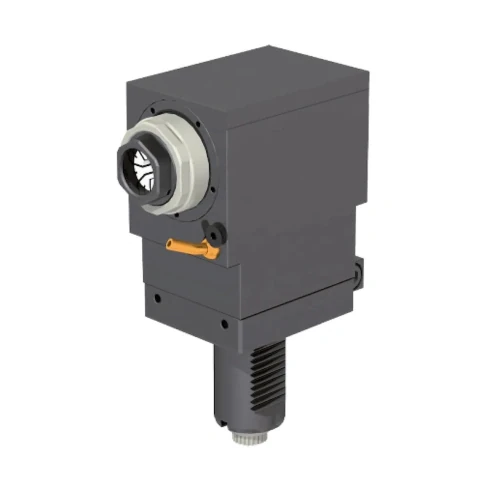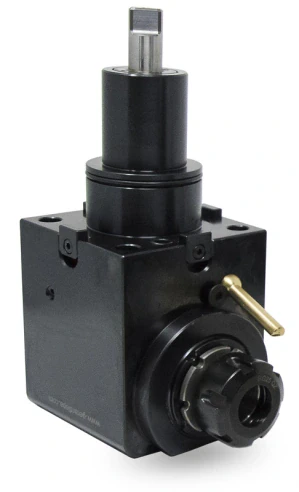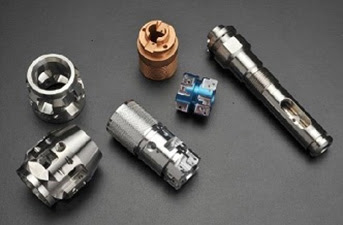
Live Tooling - CNC tooling

- 1 845,89 CA$ Price w/o VAT3 283,32 CA$DTB65ER32ARunning out of stockDTB65ER32ARunning out of stockTotal discount 44%Total discount 44%Total discount 44%
- 1 442,00 CA$ Price w/o VAT2 720,56 CA$DTI40HER32ARunning out of stockDTI40HER32ARunning out of stockTotal discount 47%Total discount 47%Total discount 47%
- 1 095,53 CA$ Price w/o VAT1 953,87 CA$DTB65ER32SRunning out of stockDTB65ER32SRunning out of stockTotal discount 44%Total discount 44%Total discount 44%
- 865,26 CA$ Price w/o VAT1 449,59 CA$DTI40HER32SRunning out of stockDTI40HER32SRunning out of stockTotal discount 40%Total discount 40%Total discount 40%
- 1 738,19 CA$ Price w/o VAT1 773,66 CA$DTB65NTER32SRunning out of stockDTB65NTER32SRunning out of stock
- 2 194,59 CA$ Price w/o VAT2 239,38 CA$DTB65W075SRunning out of stockDTB65W075SRunning out of stock
- 2 194,59 CA$ Price w/o VAT2 239,38 CA$DTB65W1SRunning out of stockDTB65W1SRunning out of stock
- 2 811,77 CA$ Price w/o VAT2 869,15 CA$DTB65NTER32ARunning out of stockDTB65NTER32ARunning out of stock
- 1 420,60 CA$ Price w/o VAT1 449,59 CA$DTI40HXER32SMade to orderDTI40HXER32SMade to order
- 1 723,82 CA$ Price w/o VAT1 759,00 CA$DTI4054ER32SMade to orderDTI4054ER32SMade to order
- 2 666,15 CA$ Price w/o VAT2 720,56 CA$DTI40HXER32AMade to orderDTI40HXER32AMade to order
- 3 064,28 CA$ Price w/o VAT3 126,82 CA$DTM40HQER25SMade to orderDTM40HQER25SMade to order
- 3 398,91 CA$ Price w/o VAT3 468,28 CA$DTM40HQER25AMade to orderDTM40HQER25AMade to order
- 3 663,24 CA$ Price w/o VAT3 738,00 CA$DTI4054ER32AMade to orderDTI4054ER32AMade to order
- 3 810,99 CA$ Price w/o VAT3 888,77 CA$DTB65ER32AiMade to orderDTB65ER32AiMade to order
Lathe live tooling in CNC turning centers marks a significant leap in machining efficiency, enabling complex operations with unparalleled precision. This article explores the transformative potential of these driving tooling on profitability and operational capabilities
Introduction to Live Tooling: Unveiling the Potential of Driving Tools in CNC Turning Centers
CNC live tooling, a feature available on many CNC lathes, enhances machining capabilities significantly, but what exactly is it, and how can it benefit your operations? This article explores the importance of live tools and their impact on profitability.
Live tools refers to the driven tool holders equipped with an integrated gear mechanism, typically featuring a collet chuck that supports the rotation of end mills, drills, taps, and similar tools. Unlike static tool blocks that rely on the workpiece's rotation, live tooling enables the direct rotation of cutting tools, akin to a milling spindle, powered and controlled by the lathe's CNC system. This functionality allows for following operations directly on the turning center:
-
Milling;
-
Drilling;
-
Tapping;
-
Groove cutting;
-
Thread milling.
Incorporating a driving tooling into a CNC lathe transforms it into a more versatile machine, capable of executing complex tasks without the need to reposition the workpiece. This not only includes all standard turning operations but also allows for intricate milling tasks on parts requiring precise offsets, such as holes and grooves, without compromising the part's alignment.
How are driven live tools used?
Conventional lathes, including CNC lathes, are intended for machining only rotational bodies, and the cutting process is carried out by rotating the workpiece in the main spindle chuck and the tool fixed in the turret along two axes: X (vertical) and Z (horizontal). Such a standard configuration allows for:
-
cutting of the O.D. (outside diameter)
-
cutting of the I.D. (inside diameter)
-
cutting of lathe grooves
-
cutt off
-
only axial drilling and only from the face of the workpiece
Lathes with a driven tooling option are always equipped, at a minimum, with a spindle brake, C-axis, and sometimes a Y-axis (often – this is a separate option). When the driven tool holder is operating, the lathe chuck with the workpiece is either locked by the spindle brake or the spindle rotation is controlled by the C-axis to synchronize with the X/Z axes and optionally Y-axis for the complex forms. The cutting tool, in turn, is mounted in one of two main types of cnc live tools holders:
-
Axial, which allows for machining the workpiece from the face
-
Radial, which allows for machining the workpiece's body (cylindrical part)
Driven tooling allow for the following additional operations on your CNC lathe:
-
off-center drilling on the face of the workpiece
-
drilling on the body including off-axis
-
thread cutting
-
milling of flats
-
milling of keyways
-
milling of side planes
-
gear cutting
In addition to avoiding secondary operations on separate equipment, the driven tooling also allows for much more accurate parts and dimensional concentricity.
What are the advantages of live tools?
In modern metalworking, lathes with milling and/or drilling capabilities have occupied a significant niche. If the tasks facing the manufacturer are suitable for implementation on a turning-milling machining center, then the choice is usually made in favor of this solution, rather than opting for two separate machines—a lathe and a milling machine.
Operating a driven tool always comes with a number of advantages and limitations.
Advantages:
-
Reduction in capital investment. The option of a driven lathe tool usually costs at least 2-5 times less than a separate CNC lathe;
-
Reduction in shop floor. The absence of a separate milling machine saves significant space in the workshop;
-
Reduction in the number of operators;
-
Elimination of auxiliary time for transferring from a lathe to a milling machine and setting up the part;
-
Maintenance of tolerances (working from a single base).
Limitations:
-
Reduction in the number of turret positions for live tools;
-
More complex machine setup = more skilled people;
-
Lower power and torque. The milling drive of a lathe is usually limited to 3000-7000 RPM, with a power of only1-7 kW, and does not compare to the spindle of a full-fledged CNC Mill.
In conclusion for this paragraph, we want to note once again that the driven tooling is not a complete replacement for a CNC milling machine and justifies its use specifically for secondary operations. In other words, if your lathe is milling more than 30-40% of machine time, then you should consider getting a separate CNC mill.
Tips on how to use driven tooling
Choosing and using a live tooling involves numerous pitfalls, which we are happy to share with you:
-
Ensure that your parts do not require continuous milling for more than 5-10 minutes. Most driven units (and sometimes the motor) are not designed for such a load.
-
Choose the right type of turret. Decide on the standard first. Between the VDI standard (VDI30, VDI40, etc.), for example used in older generations of HAAS machines, and BMT (BMT45, BMT55, BMT65, etc.), used in popular machines like HAAS, DOOSAN, OKUMA, etc., we recommend opting for BMT or a combined variant because it integrates the motor into the turret and has a more rigid structure, as well as often offering a more flexible mounting option. Also, always choose a turret with the maximum number of tool positions, as turning blocks not only occupy one slot but can also interfere with the installation or use of standard turning tools in adjacent positions.
-
Decide on the costly Y-axis option. If you need to machine off the axial line of the workpiece, this option is indispensable. However, if your parts do not require such machining, you can save a significant amount.
-
Choose the right driven live tooling for cnc lathe. Depending on your technological needs, we advise paying attention to the following parameters of the units:
-
Max RPM;
-
Coolant supply type;
-
Availability of quick-change heads;
-
Execution (standard, compact, with adjustable angle), etc.
